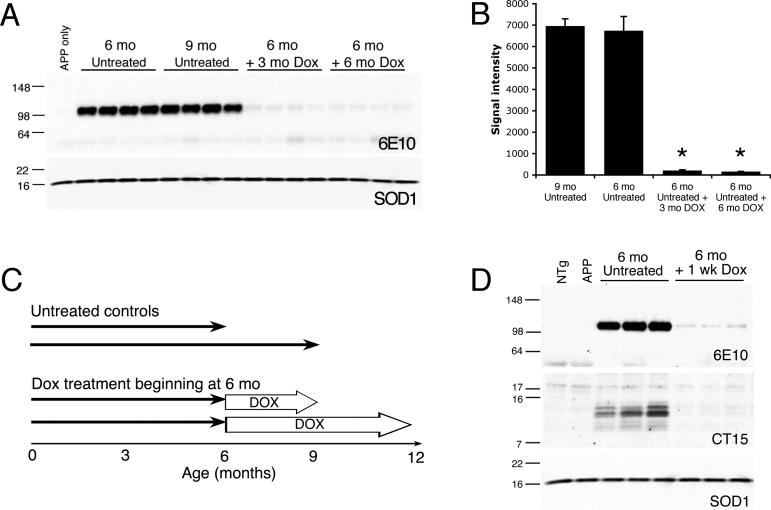Figure 3. Robust Transgene Suppression in Older Mice with Preexisting Amyloid Pathology.
(A) Cortical homogenates from 6- to 12-mo-old animals used for pathology studies described below (line 107) were immunoblotted with human-specific antibody 6E10 to examine transgene suppression following 3 or 6 mo of dox treatment. The blot was co-immunostained for endogenous superoxide dismutase 1 (SOD1) as a control for loading.
(B) Quantitation of signal intensity from the Western blot shown in (A). Transgenic APP levels are significantly suppressed following 3 or 6 mo of dox treatment (96.9% and 97.6%, respectively). *, p < 0.001 compared to 6-mo-old untreated animals, Tukey post-hoc test applied to significant effect of group ANOVA F 3,12 = 107.22, p < 0.001. These data demonstrate that strong transgene suppression is attained both before and after the onset of amyloid pathology (see Figure 1 for predeposit experiments).
(C) Experimental design. To examine the effects of chronic Aβ suppression on amyloid pathology after the onset of deposition, we compared untreated controls harvested at 6 and 9 mo of age to animals placed on dox at 6 mo of age and harvested after 3 or 6 mo of treatment.
(D) Dox treatment leads to rapid transgene suppression even in 6-mo-old tTA/APP mice. Immunostaining with 6E10 shows APPswe/ind levels are dramatically reduced in 6-mo-old mice treated for 1 wk with dox (upper panel). A separate blot was immunostained for APP C-terminal fragments with CT15 antibody to show that the precursors to Aβ cleavage are decreased in parallel with the full-length protein (middle panel). Costaining for superoxide dismutase 1 was used as an internal control for loading (lower panel, taken from bottom half of 6E10 blot).

